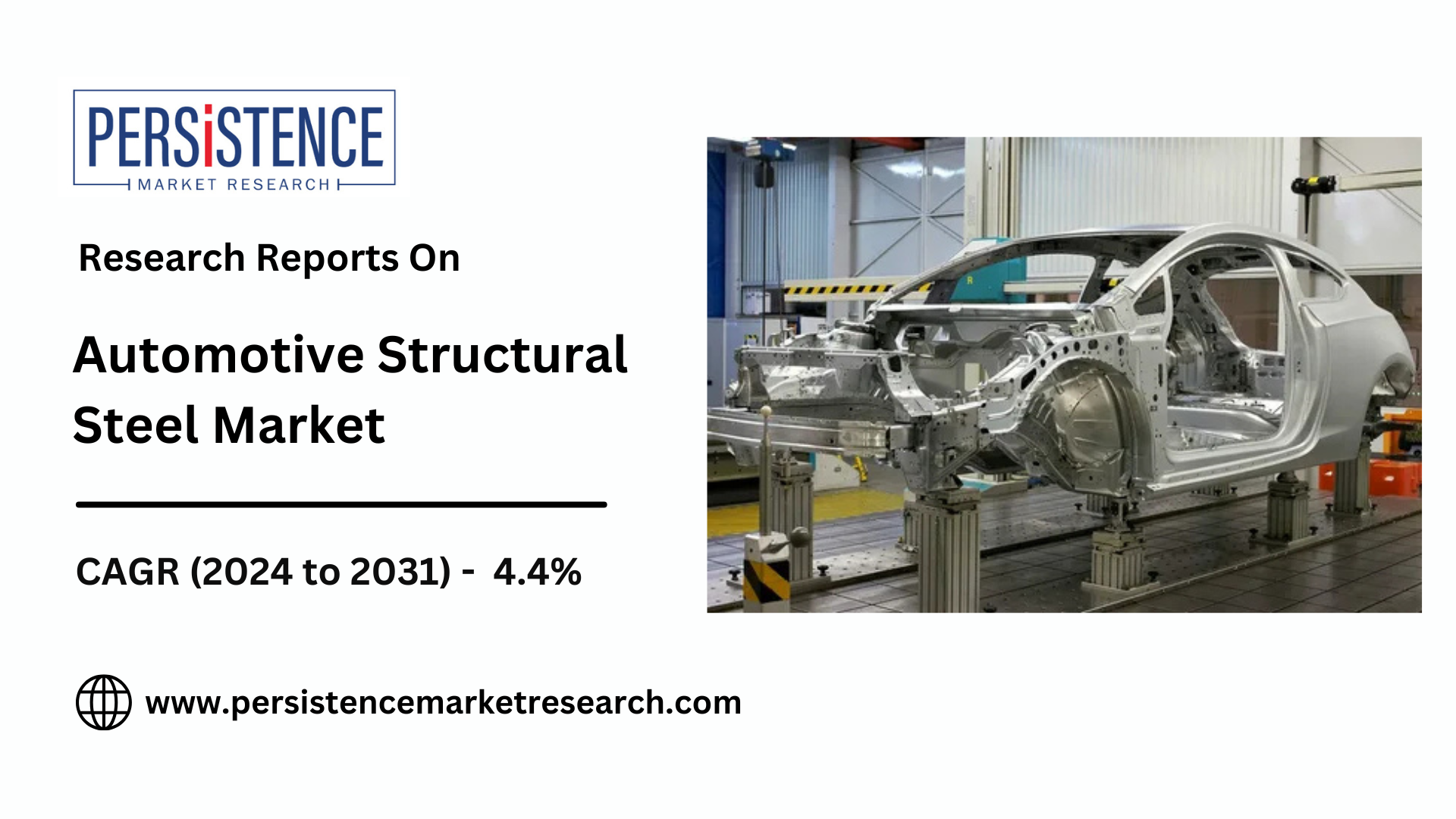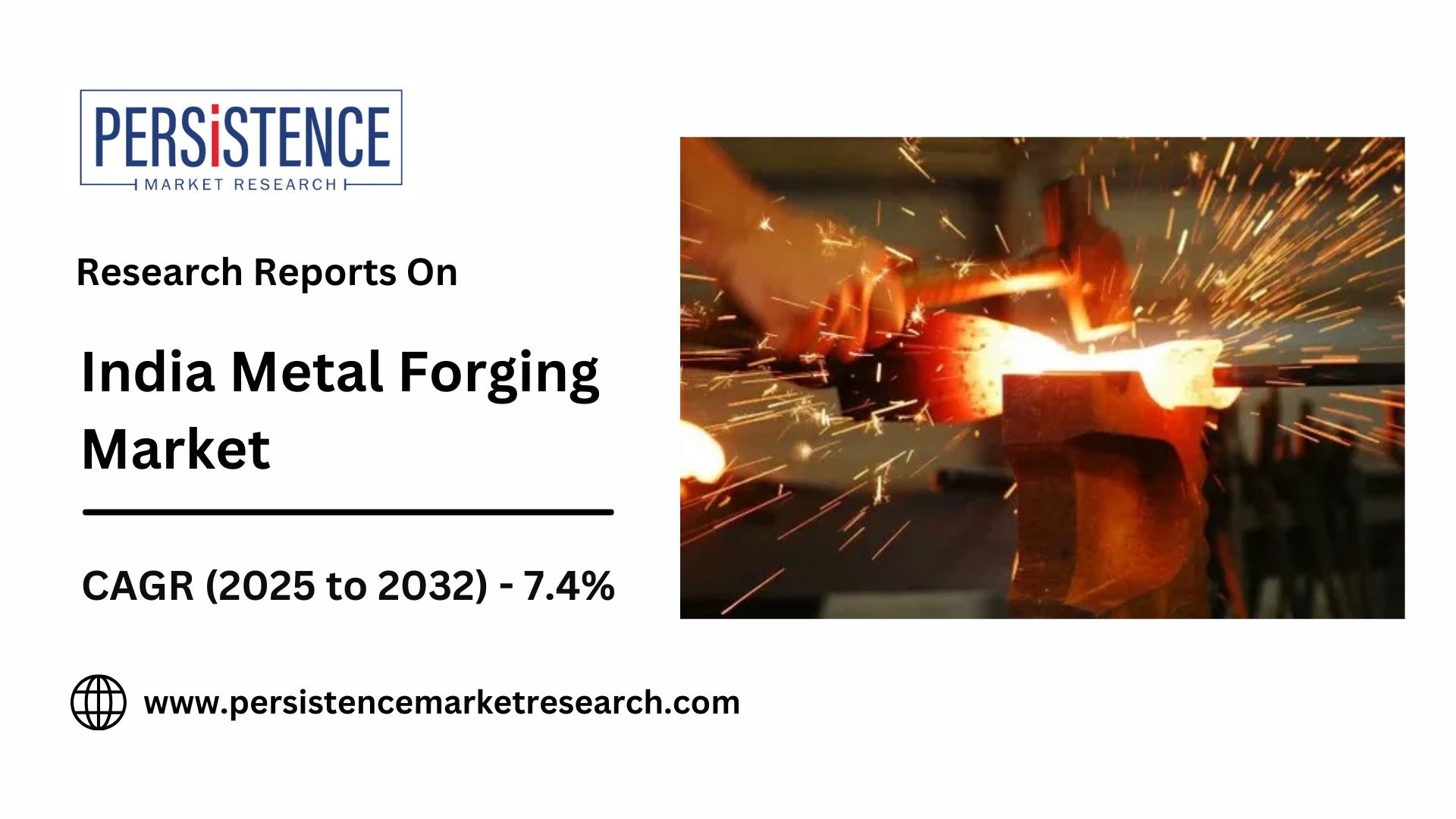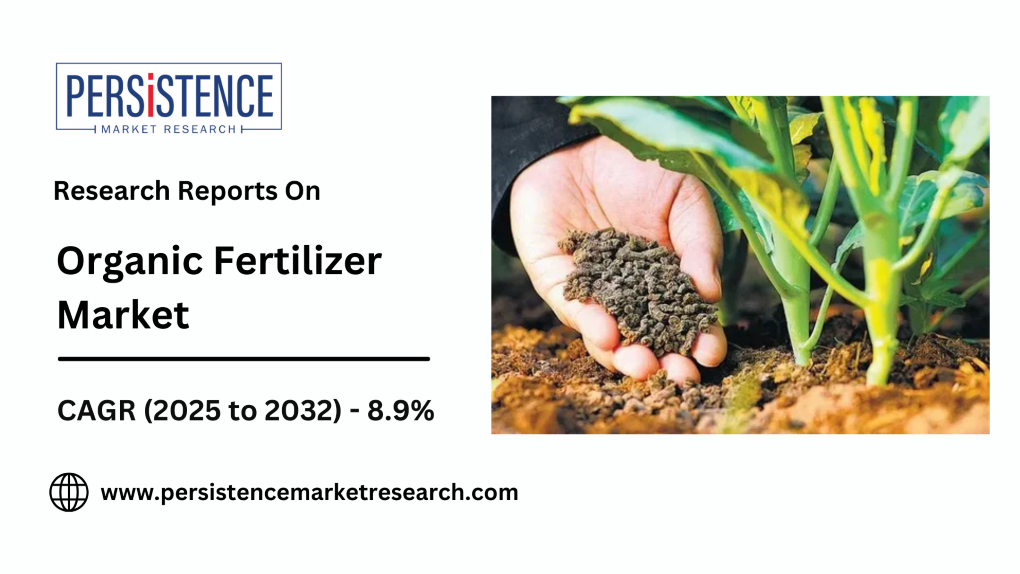Key Trends in Automotive Structural Steel Growth

Strong 8k brings an ultra-HD IPTV experience to your living room and your pocket.
The global automotive structural steel market is expected to reach a value of US$132.1 billion in 2024, with projections to exceed US$178.5 billion by 2031, growing at a CAGR of 4.4% during the forecast period. This market is essential for providing the high-quality steel alloys used in building strong, durable vehicle structures. With a focus on safety, performance, and environmental sustainability, automotive structural steel is critical to advancements in vehicle design, including the push for lightweight materials that improve fuel efficiency and reduce emissions. As the automotive industry evolves with electric and autonomous vehicles, the demand for innovative steel solutions is set to increase.
The automotive structural steel market is experiencing significant growth as manufacturers work to meet the demands of an evolving global market. From lightweight solutions to increased safety standards and sustainability initiatives, several key trends are driving the growth of this crucial material in vehicle manufacturing. Below are the major trends that are shaping the automotive structural steel market and fueling its expansion.
1. Shift Toward Lightweight and High-Strength Steel
One of the primary drivers of growth in the automotive structural steel market is the increasing demand for lightweight materials. As the automotive industry strives to improve fuel efficiency and reduce carbon emissions, there is a heightened focus on reducing the weight of vehicles. At the same time, safety remains a critical priority, necessitating the use of stronger materials to protect passengers in the event of a crash.
To meet these conflicting needs, automotive manufacturers are increasingly relying on high-strength steels (HSS) and advanced high-strength steels (AHSS). These materials offer a combination of lightweight properties and superior strength, which makes them ideal for reducing vehicle weight without compromising safety. As manufacturers continue to develop and adopt these advanced steel grades, the demand for automotive structural steel is expected to grow substantially.
2. Rising Demand for Electric Vehicles (EVs)
The transition from internal combustion engine (ICE) vehicles to electric vehicles (EVs) is one of the most significant shifts in the automotive industry, and it is having a profound impact on the structural steel market. Electric vehicles, which typically require robust and secure battery enclosures, as well as a lightweight body to extend range, are creating new opportunities for advanced automotive steels.
In particular, the need for stronger, lighter, and more durable materials to support the safety and design requirements of EVs is driving growth in the automotive structural steel market. Steel producers are developing specialized solutions for the electric vehicle market, such as high-strength steel components for battery protection and structural reinforcements, further boosting demand. The rise of EV production is expected to be a major factor in the growth of the automotive structural steel market in the coming years.
3. Stringent Safety and Regulatory Standards
As consumer safety becomes increasingly important, stricter safety regulations are being implemented across various regions, further driving the demand for high-quality automotive structural steel. These regulations focus on crash safety, pedestrian safety, and vehicle durability, and they place increasing pressure on automakers to use materials that can withstand high-impact forces while maintaining vehicle integrity.
The role of structural steel in meeting these safety standards cannot be overstated. With its inherent strength, steel provides a solid foundation for manufacturing crash-resistant vehicle frames and safety structures. As these safety regulations continue to tighten, the demand for high-strength steel products designed to meet regulatory standards will grow, fueling the automotive structural steel market.
4. Sustainability and Circular Economy Focus
Sustainability is no longer just a buzzword but a driving force behind the growth of the automotive structural steel market. As governments and consumers alike demand greener, more environmentally friendly vehicles, automakers are looking for materials that contribute to lower emissions, reduced waste, and overall sustainability.
Steel has long been recognized for its recyclability, and this trait is becoming increasingly important in the automotive industry. In 2024, there is a growing emphasis on using recycled steel in automotive production, as it helps reduce the environmental footprint of vehicle manufacturing. Additionally, innovations in green steel production, such as hydrogen-based steelmaking and electric arc furnace (EAF) processes, are further enhancing the sustainability of automotive steel.
The rise of the circular economy—where materials are reused, recycled, and repurposed—is also contributing to the growth of the automotive structural steel market. As manufacturers seek to reduce their reliance on virgin materials and cut down on emissions during production, the demand for steel that can be easily recycled and reused in automotive applications is rising.
5. Expansion of Automotive Manufacturing in Emerging Markets
Emerging markets are playing an increasingly significant role in the global automotive structural steel market. As vehicle production expands in regions such as Asia-Pacific, Latin America, and the Middle East, the demand for structural steel to support automotive manufacturing is growing rapidly.
In particular, rising middle-class populations in countries like India, China, and Brazil are driving demand for vehicles, leading to a surge in automotive production. As these markets become key centers of automotive manufacturing, steel producers are increasing their presence in these regions to supply the growing demand for automotive steel.
Furthermore, as automakers in emerging markets begin to adopt advanced steel technologies for vehicle production, the demand for higher-quality and specialized automotive steels is also expected to increase. This trend will contribute significantly to the growth of the automotive structural steel market in 2024 and beyond.
6. Technological Advancements in Steel Production
Technological advancements in steel production are another key trend fueling the growth of the automotive structural steel market. Innovations in steelmaking processes are making it possible to produce high-strength, lightweight steel at lower costs, making these advanced materials more accessible to automakers.
One such innovation is the development of new steel processing techniques that improve the efficiency and quality of steel production. These methods include improved casting processes, new alloy compositions, and more efficient heat treatments that result in stronger, lighter, and more durable steel products. Additionally, the growing use of artificial intelligence (AI) and automation in steel production facilities is helping reduce costs and improve the consistency and reliability of steel products, further driving demand in the automotive sector.
7. Increasing Role of Steel in EV Battery Enclosures and Structural Components
As electric vehicles gain market share, the role of structural steel in supporting EV battery enclosures and other critical components is becoming more pronounced. Battery enclosures require materials that offer both strength and protection, ensuring that the high-voltage batteries remain secure in the event of a crash.
In addition to the structural components, steel is also becoming a key material for EV chassis, underbodies, and crash zones, as these parts need to be reinforced to ensure safety while maintaining a lightweight design. In 2024, steel manufacturers are increasingly focused on producing tailored solutions for the specific needs of EVs, further driving demand for automotive structural steel.
Conclusion
The automotive structural steel market is undergoing significant changes driven by advancements in technology, safety standards, and the transition to electric vehicles. As the demand for lighter, stronger, and more sustainable materials increases, steel producers are adapting to meet these new requirements, positioning themselves for growth in 2024 and beyond.
The trends driving this growth, including the shift toward high-strength and lightweight steels, the rise of electric vehicles, stringent safety regulations, sustainability initiatives, and the expansion of automotive manufacturing in emerging markets, are all contributing to a dynamic and evolving market. As the global automotive industry continues to innovate, the demand for advanced automotive structural steel solutions will remain strong, ensuring the continued growth of this critical material in the years to come.
Note: IndiBlogHub features both user-submitted and editorial content. We do not verify third-party contributions. Read our Disclaimer and Privacy Policyfor details.







